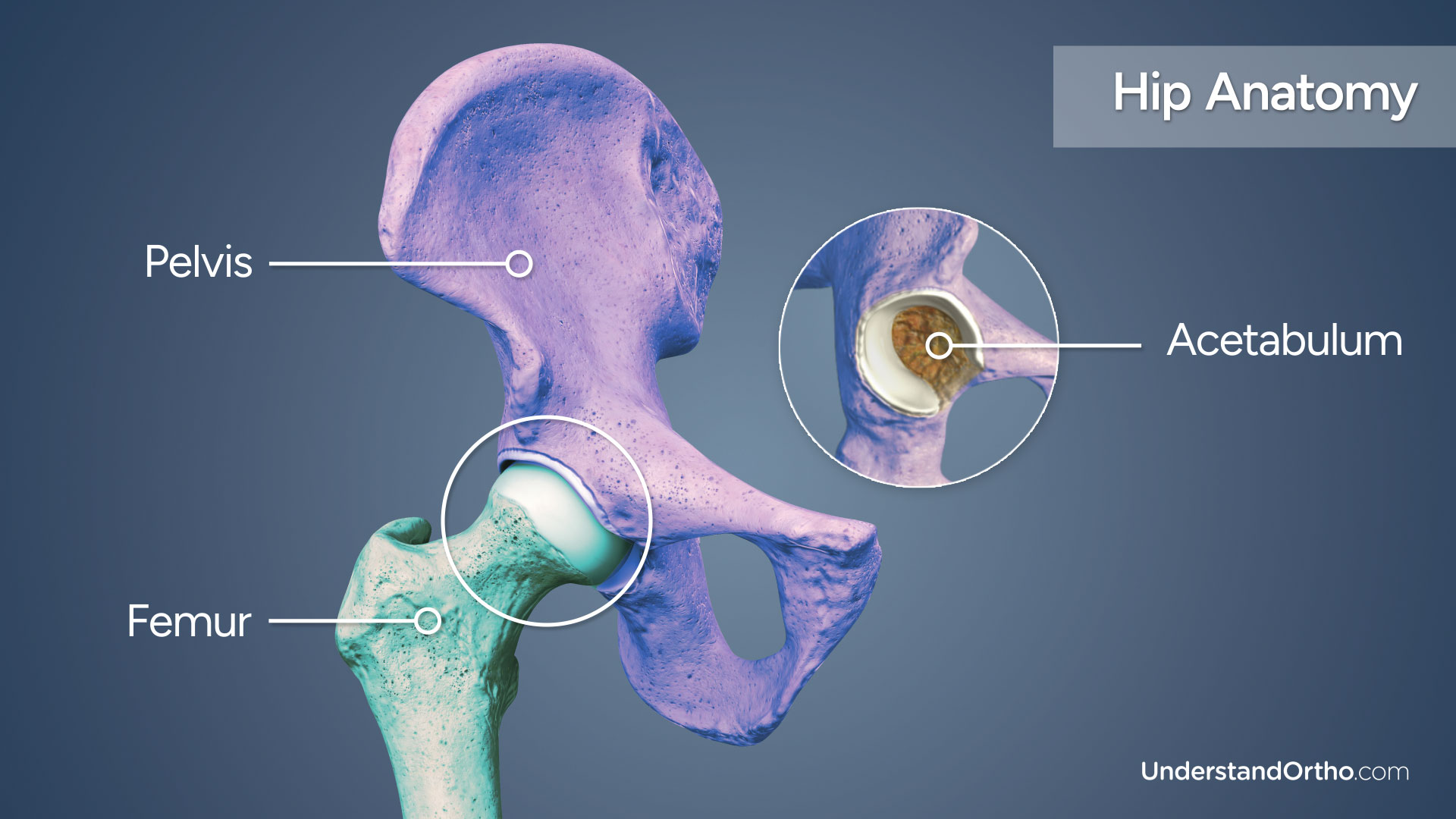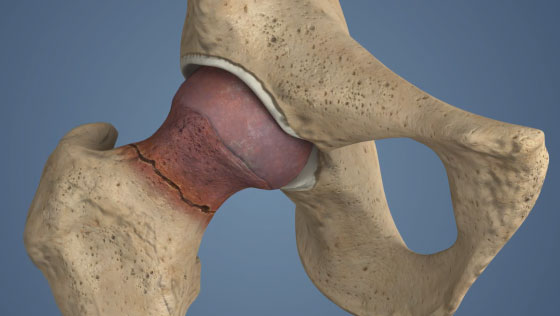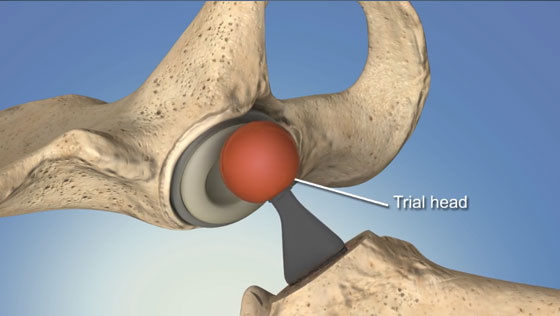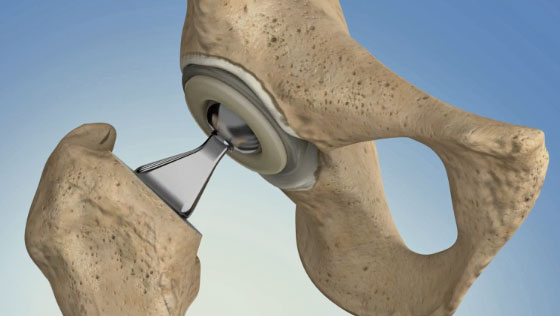What is Hip Resurfacing?
Hip resurfacing (also known as hip resurfacing arthroplasty) is a surgical procedure performed to replace damaged portions of the hip joint by capping the femur (or thigh bone) with an artificial implant and inserting a metal shell and liner into the acetabulum (or socket).
Key statistics about Hip Resurfacing
- 96% of hip resurfacing implants will last 13 years[1]
- The best indication for hip resurfacing is a young and active patient with severe hip arthritis, and good hip structure and bone quality[1]
- In one study, patients reported a 96% satisfaction rate with the results of hip resurfacing and the majority returned to a high level of activity following the procedure[2]
Hip Anatomy
The hip is a ball-and-socket joint formed by two bones: the femur and the pelvis. The head of the femur rests in the socket of the pelvis, also called the acetabulum.
Articular cartilage covers the ends of the bones, reducing friction as the hip moves.

Why is Hip Resurfacing performed?
Hip resurfacing is performed primarily to relieve pain and stiffness caused by arthritis. Arthritis occurs as the cartilage that cushions the hip wears down, causing the bones to grind against each other. This results in pain and inflammation, and can lead to bone deformity and a loss of joint mobility. When the cartilage damage from arthritis is so severe that it cannot be treated with repair or nonsurgical means, hip resurfacing may be performed.
Both hip resurfacing and total hip replacement are types of hip replacement procedures, and both are options for individuals with severe arthritis. However, during a total hip replacement, both the head of the femur and the acetabulum are removed and replaced with an implant, while in hip resurfacing, the head of the femur is not removed and instead is capped with a metal implant. A surgeon will determine which procedure is best for each patient based upon their age, activity level, and individual anatomy.
Who needs Hip Resurfacing?
Not every patient is a suitable candidate for hip resurfacing. The best candidates for hip resurfacing are young (60 years old or younger), active individuals with good hip structure and bone quality who suffer from severe hip arthritis that cannot be repaired or treated by nonsurgical means.
How is Hip Resurfacing performed?
- The surgeon will make an incision and access the hip joint and femur is rotated out of the acetabulum.
- Any damaged cartilage and bone of the acetabulum is removed and a metal socket is press-fit directly into the bone.
- The head of the femur is trimmed and shaped and a metal cap is placed over the femoral head.
- Finally, the femur will be rotated back into the acetabulum and the incision will be closed with sutures or surgical staples.
What are the risks of Hip Resurfacing?
Potential risks from hip resurfacing may include:
- Infection
- Blood clots
- Nerve or blood vessel damage
- Femoral neck fracture
- Hip dislocation
- Loosening or wearing down of the implant over time
How long does it take to recover from Hip Resurfacing?
-
24 hours after surgery
A physical therapy routine will be established by the surgeon and physical therapist, and pain medication may be prescribed. -
1-3 days after surgery
Most patients are discharged from the hospital and will be able to walk with crutches, a cane, or walker. -
2 weeks after surgery
Any non-dissolvable sutures and staples are removed and bruising and swelling begin to subside. -
4-6 weeks after surgery
Most patients are able to resume most daily activity. -
2-4 months after surgery
Most patients are fully recovered from hip resurfacing.
Hip resurfacing is a safe and effective procedure for properly selected candidates suffering from end-stage arthritis. The majority of patients who undergo hip resurfacing are satisfied with the results and return to a high level of activity and 96% of hip resurfacing procedures will last for 13 years[1].
Find an Orthopedic Doctor in Your Area





